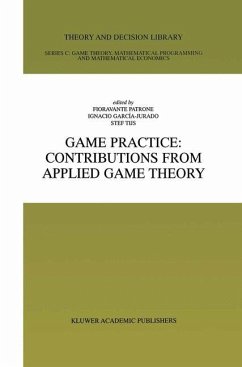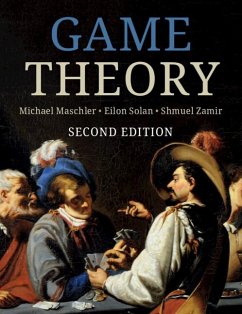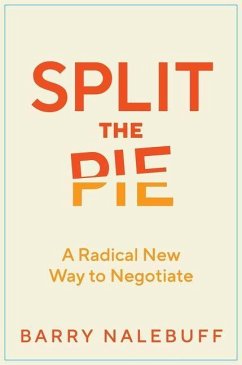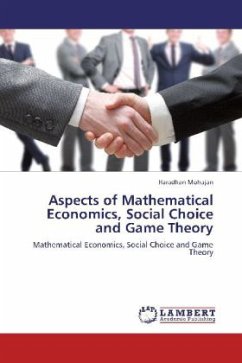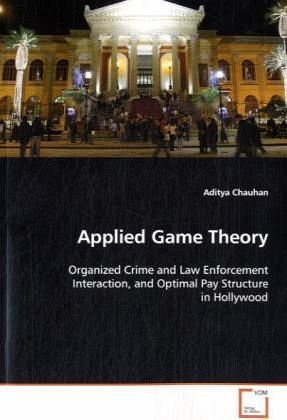
Applied Game Theory
Organized Crime and Law Enforcement Interaction, and Optimal Pay Structure in Hollywood
Versandkostenfrei!
Versandfertig in 6-10 Tagen
32,99 €
inkl. MwSt.

PAYBACK Punkte
16 °P sammeln!
In this book I apply a game-theoretic model toanalyze coexistence between organized crime andunaffiliated criminals in the context of unioncorruption. In case of two theft markets available tothe mafia and only one to the criminal, the mafiaprefers to coexist with a criminal rather than nothave access to that market at all. Further, anyincrease in the number of individual criminals doesnot affect the mafia s payoff. I also study therecruitment of criminals as informants in thepresence of prosecution threat and mafia-criminaltheft cooperation. I find that criminals receivingexogenous compensati...
In this book I apply a game-theoretic model to
analyze coexistence between organized crime and
unaffiliated criminals in the context of union
corruption. In case of two theft markets available to
the mafia and only one to the criminal, the mafia
prefers to coexist with a criminal rather than not
have access to that market at all. Further, any
increase in the number of individual criminals does
not affect the mafia s payoff. I also study the
recruitment of criminals as informants in the
presence of prosecution threat and mafia-criminal
theft cooperation. I find that criminals receiving
exogenous compensation for cooperative thefts exert
the highest level of cooperation with law
enforcement. In the final chapter of this book I use
game theory to show support for piece-rate
compensation for Hollywood actors. Support for such a
proposal is also shown using personnel economics
research. Industry data shows that piece-rate
compensation may already be in place for successful
actors which may relate to producers avoiding high
fixed costs or actors realizing higher returns.
analyze coexistence between organized crime and
unaffiliated criminals in the context of union
corruption. In case of two theft markets available to
the mafia and only one to the criminal, the mafia
prefers to coexist with a criminal rather than not
have access to that market at all. Further, any
increase in the number of individual criminals does
not affect the mafia s payoff. I also study the
recruitment of criminals as informants in the
presence of prosecution threat and mafia-criminal
theft cooperation. I find that criminals receiving
exogenous compensation for cooperative thefts exert
the highest level of cooperation with law
enforcement. In the final chapter of this book I use
game theory to show support for piece-rate
compensation for Hollywood actors. Support for such a
proposal is also shown using personnel economics
research. Industry data shows that piece-rate
compensation may already be in place for successful
actors which may relate to producers avoiding high
fixed costs or actors realizing higher returns.



